10 Steps for Choosing Local Metal Roofing Supplies for Your Needs
This article aims to guide you through the essential local metal roofing supplies you need to consider for your next roofing project. Whether you're a professional contractor or a DIY enthusiast, having the right local metal roofing supplies is crucial to ensure durability, efficiency, and safety.
1. Choosing the Right Metal Roofing Material
Metal roofing has become increasingly popular due to its superior longevity and minimal maintenance requirements. As the industry grows, more local suppliers are offering a wider range of local metal roofing supplies, making it easier to find exactly what you need for your project. A good understanding of the essential supplies and their local availability will give you a competitive edge in achieving a successful installation.
2. Comparing Popular Metal Options
When considering metal roofing materials, it's crucial to evaluate the pros and cons of different metals such as aluminum, steel, copper, and zinc. Aluminum is lightweight and resistant to corrosion, making it an ideal choice for coastal areas. Steel, on the other hand, boasts strength and cost-effectiveness, but requires anti-corrosion treatments to prolong its lifespan. Copper offers unparalleled aesthetics and longevity but comes at a premium price. Zinc, although similar to copper in terms of patina over time, is more affordable and eco-friendly due to its recyclability.
3. Matching Metal Types to Project Requirements
Each type of metal offers unique characteristics that can be advantageous depending on the specific requirements of your project. For instance, using aluminum can be beneficial for DIY projects due to its ease of handling and installation. Steel, available in various coatings like galvanized or galvalume, offers versatility and strength for larger commercial installations. Understanding these differences allows you to select a material that aligns perfectly with both your structural needs and aesthetic preferences.
4. Adapting Materials to Local Climate Conditions
The selection of metal roofing materials is often influenced by local climatic conditions. Areas prone to high winds or heavy snowfall may benefit from the robustness of steel, whereas zinc might be preferred in regions with mild weather, thanks to its natural durability and resistance to corrosion. According to Workyard.com, 62% of contractors anticipate an increase in metal roof sales this year, reflecting growing awareness of their benefits. As such, sourcing quality materials from trusted local metal roofing suppliers ensures support and availability throughout the project's lifecycle.
5. Selecting the Best Panel Profiles
The profile of metal roofing panels significantly influences the aesthetics and functionality of a roof. Standing seam profiles, characterized by vertical legs and a flat space in between, are known for their sleek appearance and superb weathertight qualities, making them popular in both residential and commercial applications. Corrugated panels bring a traditional look with their repetitive ridges and valleys, ideal for agricultural and industrial settings. Ribbed panels, similar to corrugated, provide additional strength thanks to their box-like shapes and are often used in utility buildings.
6. Understanding Local Building Code Requirements
Local building codes and guidelines often stipulate minimum requirements for metal roofing gauge thickness to ensure safety and compliance. It's essential to consult these standards during the planning phase to avoid non-compliance, which can lead to penalties or project delays. Additionally, local suppliers can provide valuable guidance on the most suitable gauges for your area, ensuring you receive local metal roofing supplies that meet both regulatory standards and specific project requirements.
7. Maximizing Efficiency With Energy-Saving Benefits
Metal roofing offers several key benefits that contribute to its growing popularity, making it an attractive choice for both new constructions and roof replacements. One of the foremost advantages is its longevity, with many metal roofs lasting 40 to 70 years, depending on the material, far surpassing traditional asphalt shingles. This long lifespan, coupled with low maintenance needs, can result in significant cost savings over the roof's lifetime.
Energy efficiency is another compelling advantage of metal roofing. Metal roofs reflect solar radiant heat, reducing cooling costs by 10-25%. This characteristic not only contributes to sustainability but also enhances indoor comfort, making metal roofs an eco-friendly option for homeowners looking to reduce their carbon footprint. Additionally, metal roofing is often made from recycled materials, further bolstering its environmental benefits.
8. Preparing for Snow Loads and Climate Impact
Snow-prone areas pose another set of challenges, where the weight and impact of accumulated snow necessitate robust structural support and snow guard installation. The color and reflectivity of the metal roof also contribute to overall performance in varying climates, with lighter colors better suited for hotter regions to enhance thermal reflectivity and energy efficiency. Tailoring metal roofing choices to align with local climate considerations not only extends the life of your roof but also optimizes energy conservation and comfort within the home.
9. Choosing the Right Underlayment Materials
When choosing an underlayment for metal roofing, understanding the difference between breathable and non-breathable options is vital. Breathable underlayments are designed to allow moisture vapor to escape while preventing liquid water infiltration, promoting a healthier interior environment by reducing the risk of mold and rot. Non-breathable underlayments, on the other hand, provide a moisture barrier but do not allow vapors to permeate, offering a different type of protection depending on the building's environmental needs.
The use of self-adhered underlayment is especially advantageous in regions prone to heavy rainfall or severe weather events, where extra protection against moisture is critical. Its quick and easy installation can also minimize labor time and costs, making it an attractive option for contractors and DIY enthusiasts alike. Asphalt-saturated felt is a traditional underlayment option commonly used in roofing projects due to its affordability and effectiveness.
It's advantageous to research and visit local metal roofing supply suppliers to explore their product offerings and consult with knowledgeable staff. This hands-on approach enables you to assess material quality firsthand and make informed decisions about which underlayment options will best suit your specific project needs. Ultimately, leveraging local metal roofing supplies facilitates a more efficient and streamlined roofing process, ensuring that you have the appropriate materials to achieve a durable and effective roofing solution.
10. Securing the Best Fasteners and Tools
Consultation with local experts in metal roofing can provide valuable guidance on choosing fasteners that align with the unique demands of your project's design, budget, and regional climate. Local suppliers specializing in roofing hardware are equipped to provide access to a comprehensive selection of fasteners, ensuring you have the right solutions on hand for seamless installation. Thorough knowledge of fastening options and their applications empowers you to achieve a durable and resilient roofing system.
Using non-corrosive fasteners ensures the longevity of the overall roofing system, as they prevent water penetration through holes or leaks caused by deteriorated hardware. These fasteners also preserve the structural integrity and appearance of both the roof and the underlying components. It's critical to match the durability of the fasteners with that of the roofing material, as incompatible materials can lead to galvanic corrosion, weakening the roof's defenses.
Engaging with local roofing professionals or contractors can provide additional insights into best practices for fastener spacing based on regional experiences and building regulations. This ensures your metal roofing project adheres to established standards while meeting specific performance goals. Accurate fastener installation not only enhances the durability and resilience of your metal roof but also contributes to its overall appearance and aesthetic appeal by maintaining consistent panel alignment.
In addition to power tools, hand tools such as measuring tapes, chalk lines, and plumb bobs are essential for ensuring accurate alignment and spacing of fasteners. The use of safety equipment such as harnesses and protective eyewear is also critical in safeguarding installers during the fastening process. For quality local metal roofing supplies and expert advice, contact Palisades Valley Steel today to get started on your project with confidence.
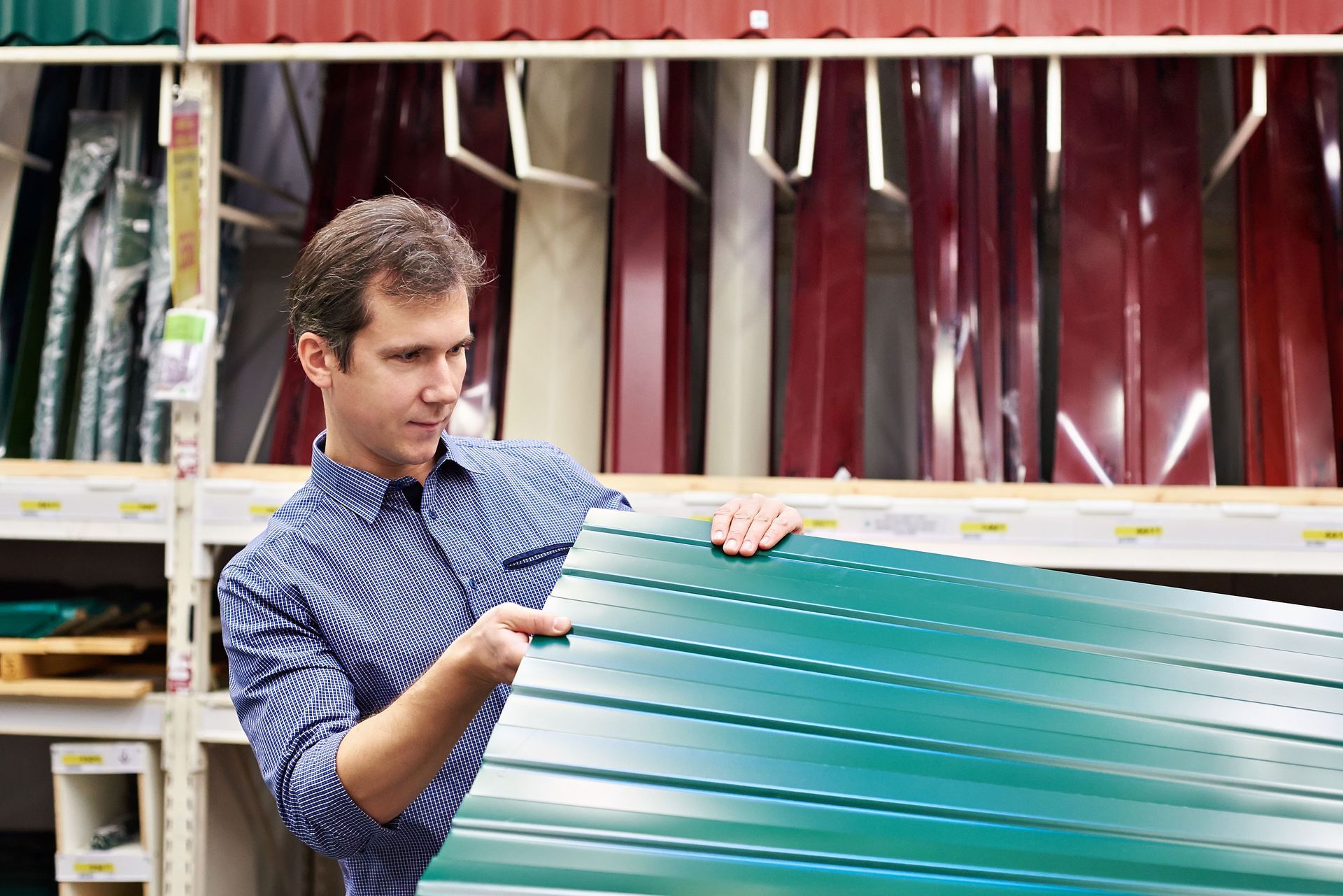
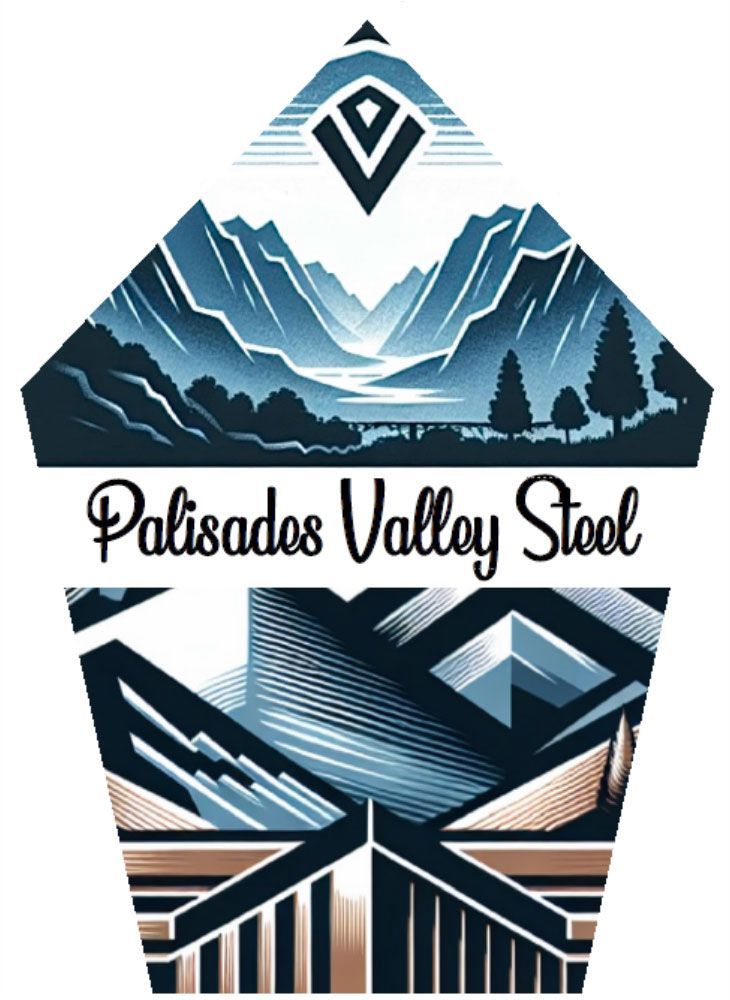
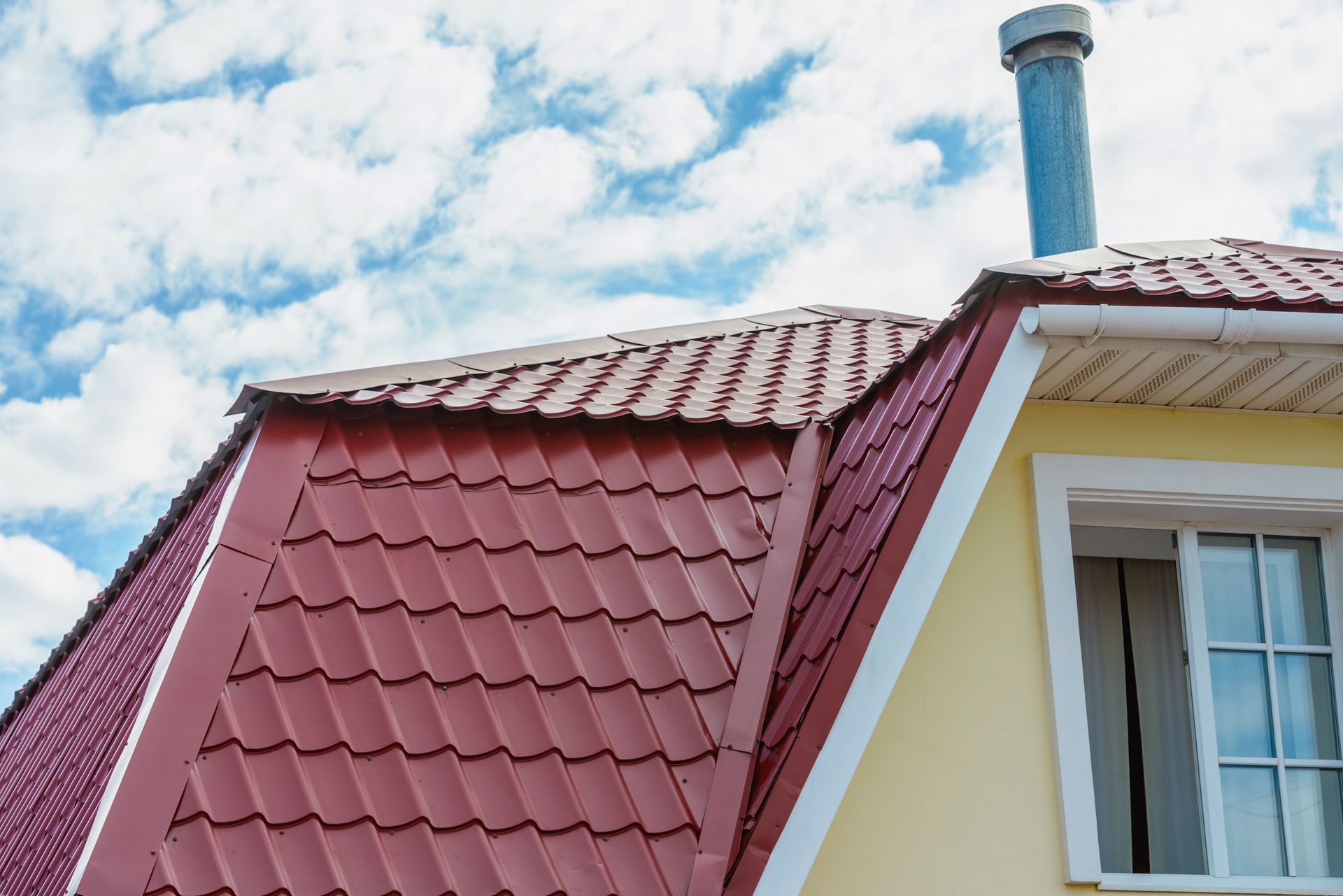
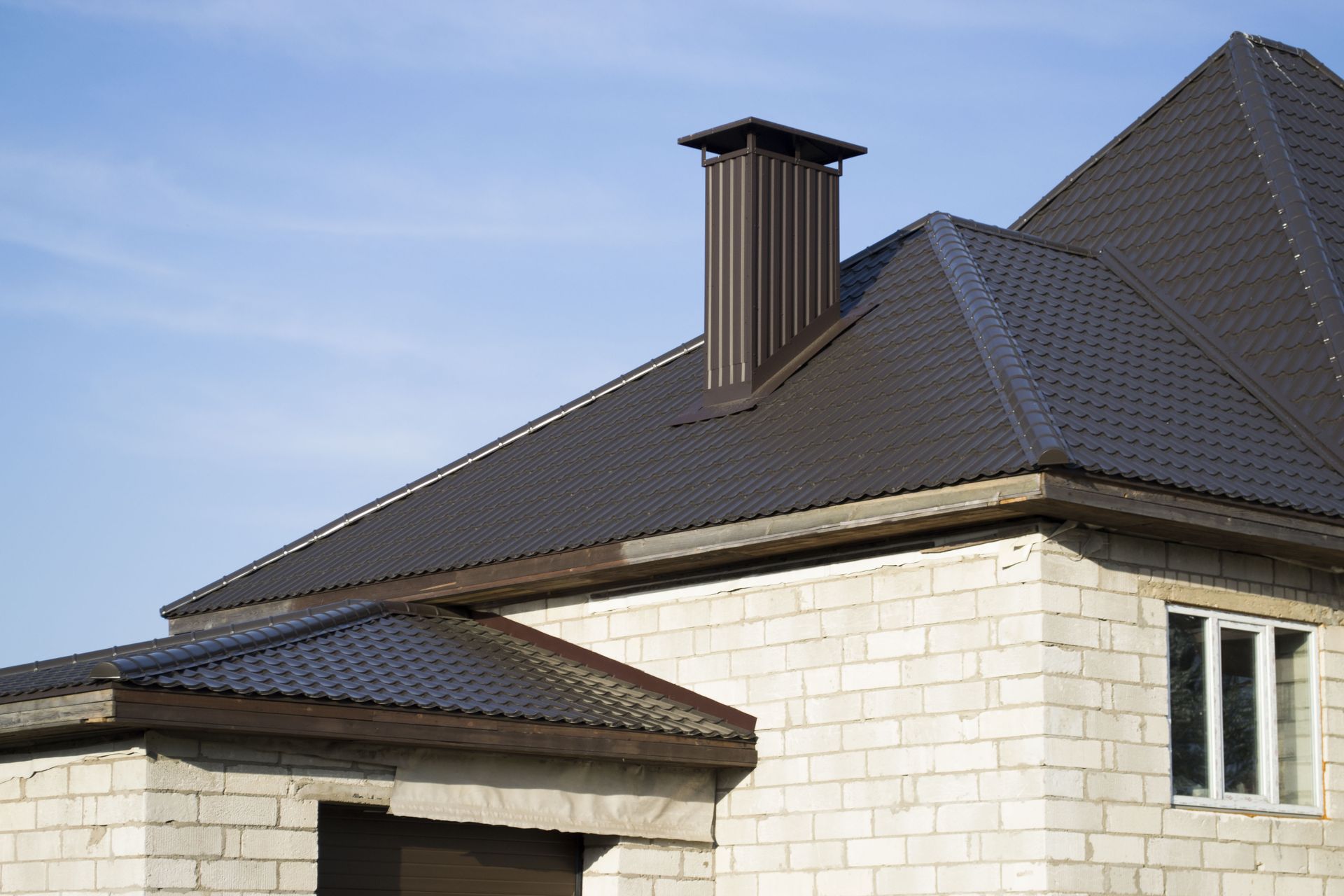
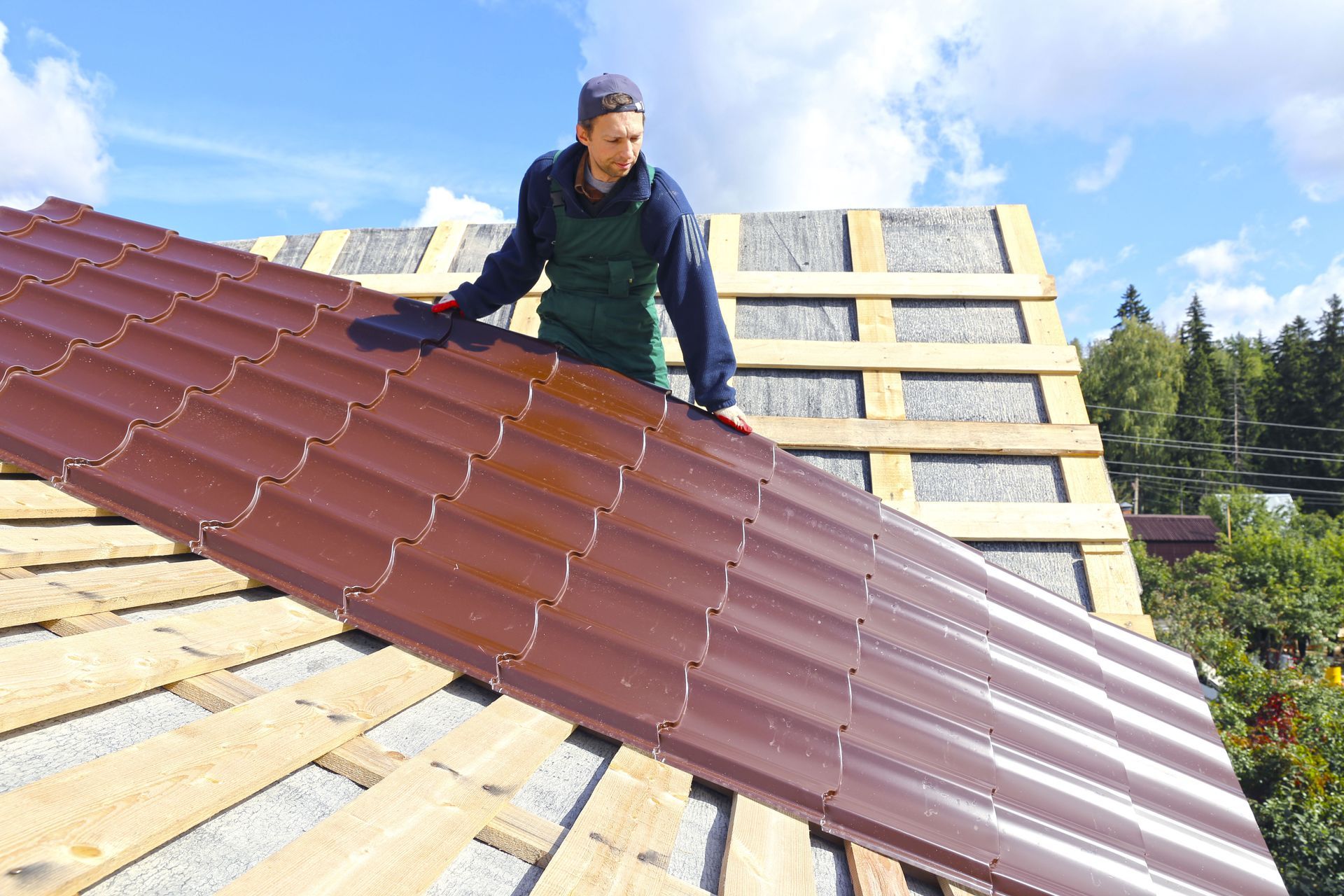

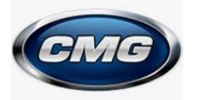
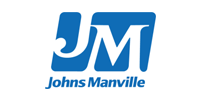

Share On: